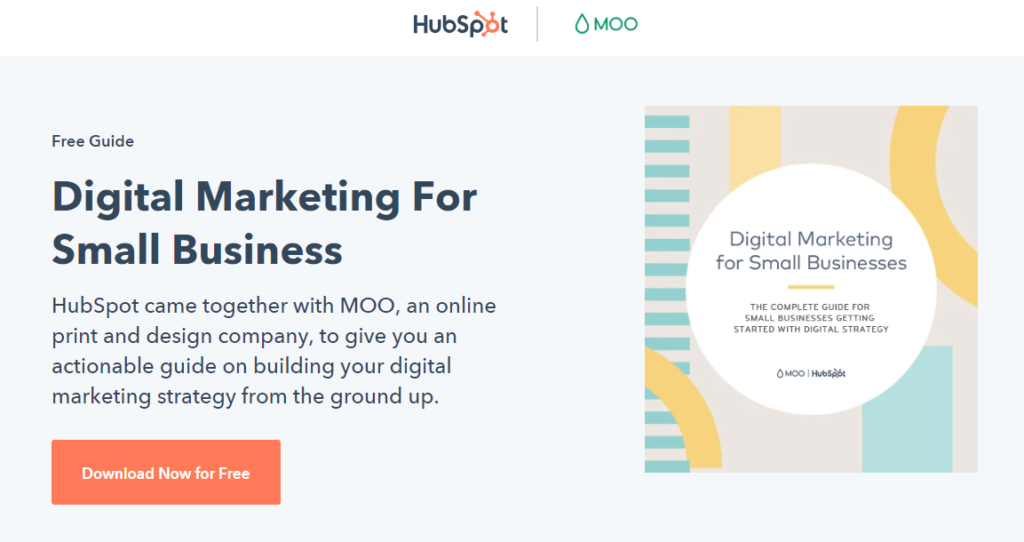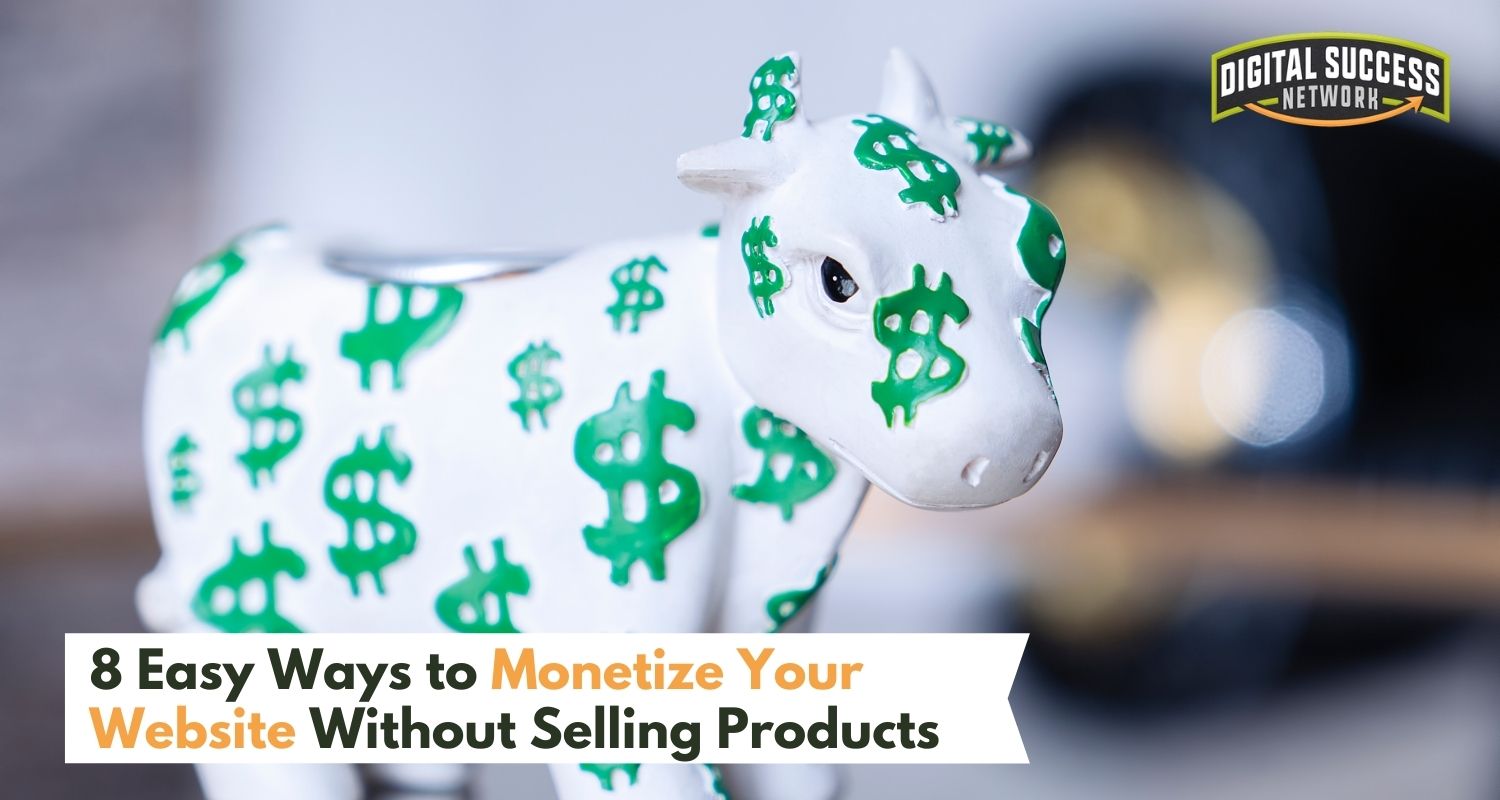Are you ready to build your landing page? Setting up the right ads for your product or service is only half the battle. Once your prospect clicks to your site, it’s down to your landing page to ensure they convert, either by signing up to your opt-in or buying your product or service.
In this article, I’m going to discuss why you first need to think about the “big picture” in your ad campaigns and landing pages. Doing so will greatly increase the chances of a winning campaign and high conversions.
I’m specifically going to talk about the following “big picture” elements:
- Why you should focus on the “macro” before thinking of the “micro”;
- How to get your landing page message and length correct based on your audience, and;
- How to keep the same congruence (“ad scent”) through your ads to your landing page.
Macro Landing Page Elements

When marketers think of testing or improving the conversion rate of their landing pages, they mostly fiddle with:
- the Call To Action (CTA) color or button text,
- the images or videos,
- the buzz words used in the title,
- moving the CTA to various points on the page, and
- changing the layout or color scheme.
I’m sure you’ve read blog posts in the past where a business changed their call to action from blue to red and saw a 145% increase in sales.
This improvement can only happen if you think of the big picture first.
The points above are all what I call micro elements to improving a landing page. They are great for split testing once your ad is running and succeeding, and should be continually fine-tuned. However, this is all wasted if you don’t cover the macro (big picture) elements first.
Before split-testing a winning campaign, you should focus on macro elements to have it win in the first place.
These elements include:
- your target audience
- your message
- the length of the landing page
Macro elements focus on the bigger parts of your campaign. For example, completely revamping your messaging based on different audiences can very well double or triple your sales.
Pivoting your message and targeting a new audience can also do the same.
Understanding Your Audience, Your Message, and Your Length
We have an entire article on market analysis and researching who your “perfect” customer is to send advertising to. After finding your target market, you will then divide your audience into three different segments:
- Cold audience
- Warm audience
- Hot audience
Cold audience
These are prospects who have never interacted with your brand before. They have never visited your website, might not be aware of the problem your product solves, and most likely don’t trust you.
Your landing page message:
Your landing page needs to generate awareness of your product or service, or provide free value to the user in the form of a lead magnet. You can use a booklet, a video, or other type of media to get your message across.
Below is a Facebook advert targeting cold audiences by HubSpot:

They are not selling their service; instead, they are introducing themselves with a short introduction of who they are, and providing value in the form of a free eBook guide on digital marketing for small businesses.
Clicking on the ad sends you to their landing page:

The landing page continues with detailed info on what the guide is, and how it benefits the customer:

By clicking the guide, you are asked to fill out some detailed information about yourself and your business:

Warm audience
These are prospects that have interacted with your business previously through social media or your website, but they have not made a transaction with your store.
Your landing page message
Any prospect who is considered warm must have been served a message already (when they were in the cold audience segment).
This means they are now aware of your product, service, or brand. At this level it makes greater sense to construct your message with a low-barrier offer (an offer with a discount) than at the cold audience stage.
You would of course set your campaign through a custom audience of people who have either seen your ad previously or visited your website, which can be set up in Facebook as a retargetting ad.
HubSpot does this by giving new customers (who have already seen an ad previously) 20% off their HubSpot Growth Stack.
Note that if somebody has never heard of HubSpot, they would think “What the heck is a HubSpot Growth Stack???” and never click. This ad is tailored specifically to a warm audience who has clicked on a different ad in the past, which introduces their service, and may be interested:

Here’s their landing page with the offer:

You will notice that there is much less information on this landing page. Since you already (sort of) trust them or are at least aware of them, they don’t need the long sales page.
Hot Audience (Customer)
This is someone who has previously made a transaction with your business. They are by far the most valuable type of customer, because they know you, trust you and currently use your products or services.
Landing page message
Sell, sell, sell! Acquired customers are the easiest audience to sell to as they no longer need convincing about your product or service. You don’t need to use as many offers or complex messaging.
Here’s a carousel advert from Wayfair, a company I have bought products from before:

Clicking on a product sends you directly to that product. There is no landing page, because (presumably) Wayfair knows that since I am an existing customer, I know who they are, so there is no need for them to introduce their brand and convince me to buy from their website:

Have you noticed something about the length of each landing page based on the audience targeted? If not, look again to see if you can spot what is happening.
Answer: Simply put, the further out your audience is in your funnel, the greater the length of your landing page needs to be.
HubSpot’s free eBook landing page (cold audience) was several times the length of their offer landing page (warm audience), and Wayfair’s landing page targeting customers (hot audience) just went straight to the product page with the (correct) assumption that I know who they are and what they offer.
The more scrutiny the audience has over your product or service, the more content you’ll need on your landing page to have them begin to trust you:

Review your ads and landing pages and see how they differ in length and message based on your audience. If you find that you send cold, warm, and hot traffic to the same landing page, you’re burning ad dollars and conversions.
You must create relevant landing pages with the appropriate messaging to push each audience segment from cold, to warm, to hot.
Working on Your Ad Scent
Ad scent is when your advert and landing page contain the same words, colors, and text to reinforce your message over various mediums (social media, landing page, checkout, etc.).
For example, here’s a bad example from MailChimp (yes, even the biggest names can get it wrong).
I was searching for “free email tools for e-commerce” and came across this Adwords ad:

So far so good. Their advert contained exact word matches for my search phrase. However, once I clicked their ad, I saw this:

Instagram ads???? I didn’t ask for that! Click back and bounce.
I was looking for a free email tool, and their advertising copy spoke to my needs. However, when I clicked and hit their landing page, there is no mention of free email tools at all.
The “ad scent” is lost, and I’m forced to go back and start my search again.
Here’s a better example from Shopify. When I search for “create a free online store,” their advert contains the word ‘free’ and ‘create an Ecommerce Store,’ which almost exactly matches my search request:

Their landing page even contains part of the search term I wrote, which was also included in their advert and my search request:

After providing my email address, they again mention the 14-day free trial:

At every touch point, Shopify makes it a key priority to reuse the text in their advert throughout their landing page to ensure I make it to the end of their sales funnel.
Here’s another great example of ad scent from a Facebook ad:

The landing page exactly matches the ad, with the following same elements:
- Font
- Color scheme
- Message
- Keywords (“Free Guide”, “Adwords”, “Without just raising bids”)
- Graphic

Use the keywords and images from your ads and place them on your landing page and every subsequent page after that to keep your ad scent strong.
It doesn’t matter how great your ads are, if your ad scent isn’t carried on to your landing page, prospects will become confused, frustrated and quickly lose interest.
Review Your Ads and Landing Pages
Use this information to review all your current campaigns. Ask yourself:
- Have you segmented your audience based on where they are in your funnel?
- Is each audience being sent to a specific landing page with the correct messaging?
- Are the messaging and images used in your ad also repeated on your landing page to keep the ad scent consistent?
These are the fundamentals to merging your ads and landing pages together. Once you have these elements perfected, your campaign stands a much better chance for success. Then, you can split test and refine the micro elements to keep optimizing and achieving even greater success in your ads and landing pages.















